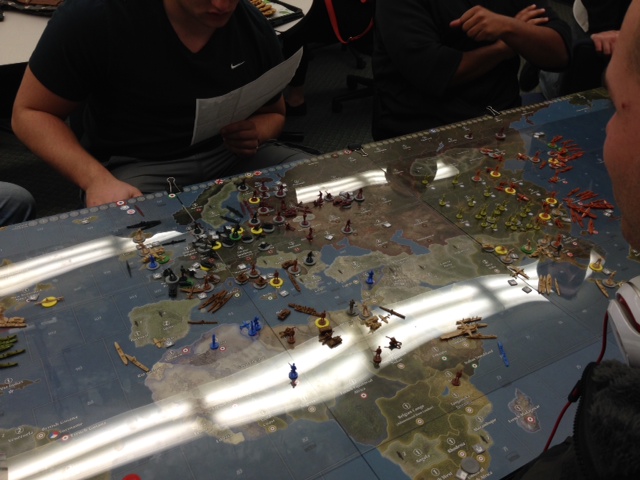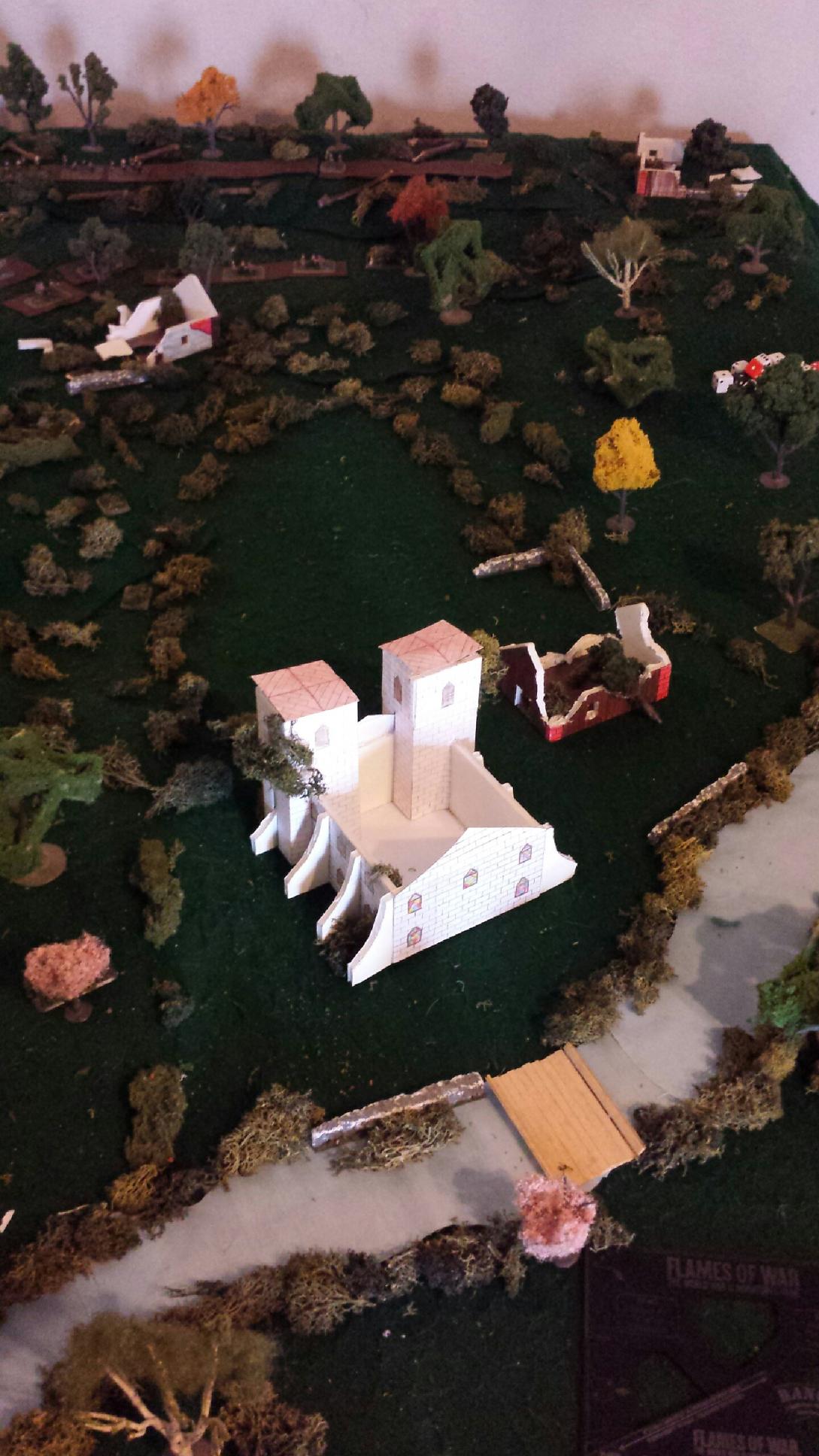@rjpeters70:
Ok, thanks. � Like I said, I was asking the question honestly. � It does seem like there are some concepts that can be applied to the tactical. �
But COIN/stability ops isn’t small wars stuff. � It’s nation building, and I can’t imagine the U.S. getting involved in another Phase IV/V nation building activity anytime soon (apart from a collapse of DPRK). � And I’m not even talking about cyber wars stuff, I’m talking about large scale conventional war, potentially with a nuclear-armed adversary. � That to me is the biggest security challenge facing the US in the 2020-2030 timeframe. � That doesn’t mean that I’m jumping ship on the trigger pullers–it means the trigger pullers go back to the forefront of operations, and the snake-eaters go back to their more traditional role.
“Then that LT is out there all alone, under trained, under equipped, utterly ignorant of his/her surroundings because the enemy decided to not fight our fight. I’m preparing them for that moment. I think if they can understand the complexities involved in COIN/Stability/ low-medium intensity conflict…everything else will come easy.” � Ok, back down, take it easy, and breathe. � Let’s not turn this into the lone ROTC-instructor versus the SCMR/CAPE/OSD. � No one is trying to make trigger pullers undertrained or underequipped because we don’t think we’ll be sending men into battle, because UAVs and the boys at Ft. Meade will be doing the fighting for us. � That’s a strawman argument to which no one actually subscribes.
What people are doing is reposturing the force to fight a different kind of war than the ones we’ve fought for the past decade and a half. � So, in such a light, what do we want the force to achieve? � For what ends? � What’s the best way to posture the force, given national objectives and budgetary requirements. � Things like the DPG try to address those issues head on and in an intellectually honest way. �
And if you think an 02 being prepared for a COIN operational environment makes him prepared to deal with anything–then how will COIN prepare him for say, episodic nuclear use by adversary within their own theater? � Because if you can answer that one, then my hat is off to you sir.
You’ll have to forgive me for soapboxing it up…I do that sometimes, no harm no foul.
Not just COIN, but stability ops i.e. peace keeping or the enforcement of NATO/UN treaties such as the Somalia, Bosnia, Haiti, Kosovo etc, example. None of them nation building but with a very real chance to break out into a small intensity conflict.
I’m not necessarily convinced that high intensity conflict in on the US foreign policy horizon. Sure, there is a threat of it, as there has always been. Yet, I really think if we go to war with, say, a country like China or Russia it won’t be on the order of WWII. I don’t think either would risk a war with us which would seriously damage their economic growth that they’ve both managed to achieve through a lot of blood, sweat, and tears. That’s assuming we still manage to operate on the world stage and don’t implode on ourselves due to being spent into the ground trying to keep up with the Jone’s in the military and global market.
As for the nuclear question about that LT dealing with a nuclear strike in their battle space…that’s all 10 level skill sets that every soldier trains on anyways. As far as I know, responding to a CBRN threat is still a soldiers common skill task and that LT would follow his units SOP/TTP’s in dealing with that specific threat. Besides, if the balloon ever went up and you were witness to a mushroom cloud growing over your position…it’s really a matter of time before you and 95% of your contingent are dead anyways. You’re simply postponing the inevitable until fresh bodies can move forward to continue the fight.
The point about COIN/stability ops preparing for most types of situations is because of the nuances involved that aren’t necessarily experienced in HIC. Soldiers can go from direct action TIC’s, to giving out soccer balls to kids, to evacuating wounded from an IED, to conducting a KLE all within an afternoon. Those same LT’s also will be usually operating autonomously in their own AO’s, making their own targeting packages, vetting their own sources, and co-ordinating dialogue between the local population and their own mission objectives…while remaining vigilant to ensure force protection and fighting the enemy actions all at the same time. That LT is more of a surgeons tool in this regard.
Whereas if the fight is high intensity (I think the battle of Fallujah is a good example of a high intensity fight even though the war itself wasn’t) your mission as an LT is pretty straight forward. Kill the enemy, take your objectives. Support by fire, maneuver. Co-ordinate assets, set the conditions, repeat. Violence of action, violence of action, violence of action…That LT is more of a sledgehammer…
That’s the point I was trying to make.











